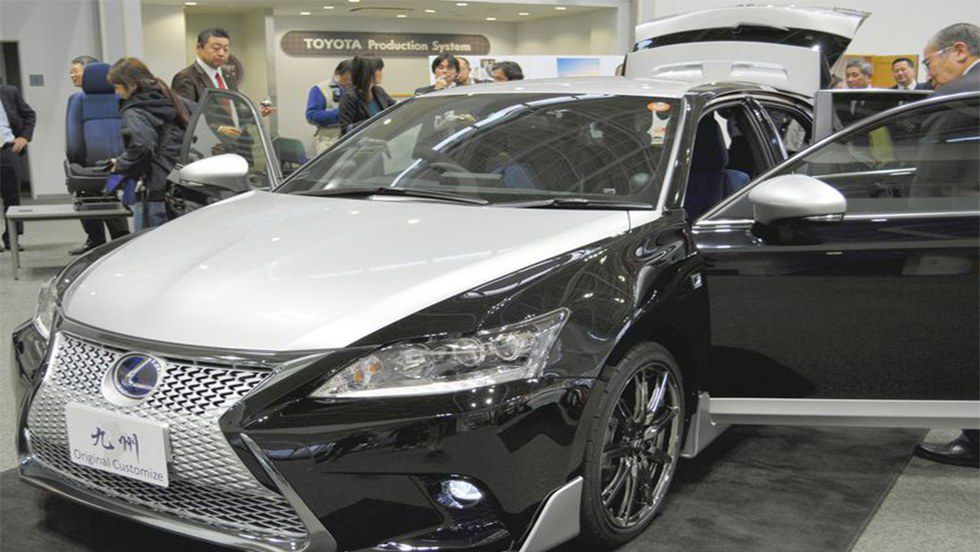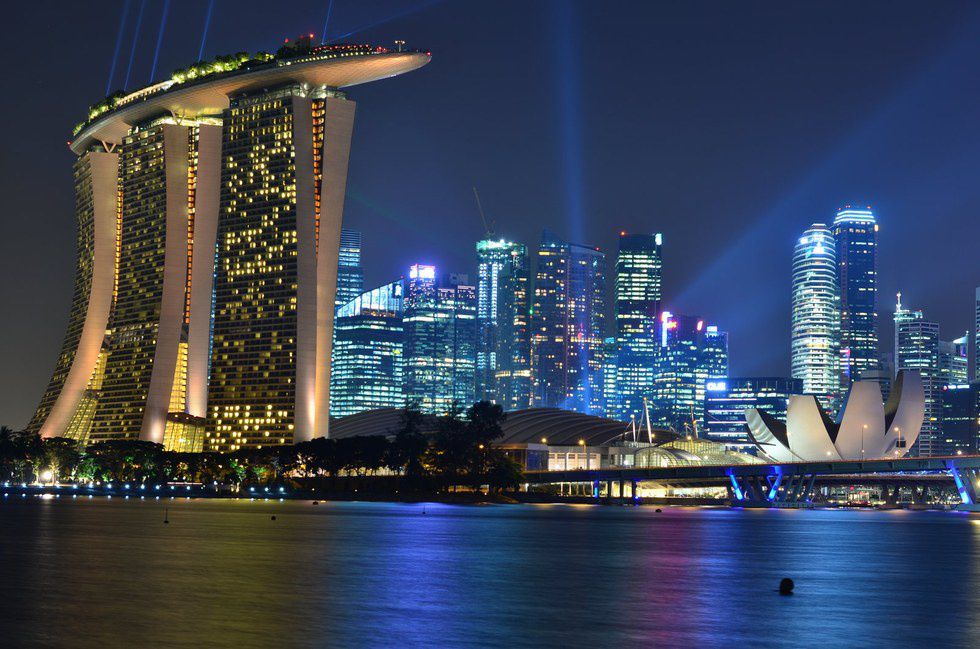The Trans-Pacific Partnership (TPP) is a free trade agreement among 12 countries. It was unveiled in 2015 after years of secret negotiation and stands at 30 chapters. It is a massive agreement and includes the U.S., Canada, Mexico, Chile, Peru, Japan, Vietnam, Malaysia, Singapore, Brunei, Australia, and New Zealand. The TPP was a hugely contested issue this election that both candidates took shots at to score political points, but it remains grossly misunderstood. Let’s take an article to look at this thing that gets everyone so riled up.
As I discuss here, free trade is a way of lowering barriers to international trade. Free trade agreements (FTAs) are documents among countries in which those barriers are systematically eliminated, usually over categories of products and services that are traded. FTAs lead to an increase in international trade, which increases overall economic activity and growth. They typically give consumers access to cheaper goods that are produced abroad and allow the development of economic sectors in emerging markets that would otherwise not be developed. On the other hand, free trade is a reason for, but not the sole cause of, displacement of manufacturing labor from developed countries to emerging markets. Free trade is the perceived cause of economic insecurity among workers in the developed world, which is a sentiment that leaders like Donald Trump have exploited. FTAs are a vehicle through which all this is facilitated.
The TPP is the latest FTA to hit the world stage. It calls for the elimination of thousands of tariffs on goods that are traded among its 12 participants. From an American business perspective, the TPP would open up Asian markets to American producers of goods to an unprecedented level. The Asian TPP countries are each significant trading partners for the United States. Japan is our fourth largest trading partner, engaging in over $200 billion worth of imports and exports; Singapore is our 17th largest partner and provides nearly $50 billion in imports and exports. Malaysia provides over $40 billion in two-way trade as our 20th largest partner while Vietnam is our 27th largest partner and provides almost $30 billion in two-way trade. These numbers refer specifically to goods that are imported and exported between the individual country and the U.S. None of them include trade in services, which would increase the numbers even more.
Taking a closer look at what exactly is imported and exported, however, gives us a better understanding of the nature of our trade relations. Vietnam, arguably the most underdeveloped country in the bunch, exports things you would typically expect to the U.S.: clothes, shoes, knitwear, bedding, furniture, etc. Do you know those T-shirts in your closet that you never look at that say “Made in Vietnam?” That is what the figures above refer to. On the other hand, the U.S. exports more complex products to Vietnam: machinery, consumer electronics, cars, etc. This indicates an uneven relationship, one in which the U.S. exports products of greater complexity and cost to Vietnam than it imports from Vietnam. This means that there are more profits flowing to our side of the equation than the other way around. By nature of the products we trade in versus the products Vietnam trades in, the U.S. receives a greater share of the overall profits.
This dynamic applies to many of the United States’ underdeveloped trading partners. With more developed countries, the relationship is a bit different. Such countries are considered developed because they engage in more high value economic fields, rather than basic things like textile manufacturing. Japan is renowned for making good cars, while Singapore engages in things like finance, outrageously expensive tourism, and general bougie-ness. In other words, they’re more like us (well, OK, they’re better).
Lexus for days
American trade then takes on different dimensions. Exports in machinery and electronics are high, but the U.S. also exports services. The services we offer run the gamut: financial, consulting, management consulting, technology and IT, legal, and a bunch of other fields. These are knowledge-based fields that require professionals who know what they’re doing. As the country with the best higher education system in the world, the U.S. is good at producing workers in these fields, and countries like Japan and Singapore have reason to request services from such professionals. Again, trade relations are beneficial to all countries involved, but the U.S. usually receives a greater share of profits because we offer a range of high-end services that demand a higher price. The TPP would increase overall economic activity by eliminating barriers to such trade.
Look at all that bougi-ness. That's a boat on three building- a motherf***ing boat. I can't >>>>>even
Free trade and the liberal movement of people and capital accelerated after World War II. The U.S. and its allies imposed this system, which was what really kicked globalization into high gear. It has largely been successful for hundreds of millions around the world. The extraordinary growth of technology has also produced some of the greatest marvels in our history as a species. Yet, in spite of all this, or perhaps because of it all, there is a palpable sense of insecurity and “being left behind” by the workers of the developed world. FTAs are not the cause of any of these trends, but they are the legal vehicles that drive them. This has reached a head with the TPP.
The TPP likely will not pass. There is still so much that is unclear about a Trump administration, but, with the government bleeding anti-trade red, it is safe to say the TPP will not pass in the next four years. In economic terms, this is a shame. The TPP would have opened markets for the things that the U.S. still does manufacture, and Japan’s erosion of its traditionally high barriers to foreign goods was a coup de grâce for the U.S.- that’s a Latin way of saying it was a really good thing for us (or French, I wouldn’t know). It also would have guaranteed the sanctity of online data flows as they crossed international borders. This is a groundbreaking measure for an FTA and would have disproportionately benefitted U.S. firms that produce innovative products using the Internet.
In geopolitical terms, the rejection of the TPP is a travesty for the Asia-Pacific. The TPP was in part a geopolitical design to contain the economic influence of an ascendant China. The argument is that without the TPP, the U.S. is giving up its chance to write the global rules on trade. In the most economically dynamic region in the world, this is no small statement. China can easily downplay labor and environmental rights in the absence of a TPP that would otherwise reinforce such rights. It gives an incentive for countries in the region to align themselves more with China rather than the U.S. out of an economic necessity. It also spells trouble for our closest allies in the region, like Japan, as China exhibits increasingly belligerent behavior in the South and East China Seas- believe me, I’m going to need another article to deal with that can of worms. No matter which way you cut it, rejection of the TPP is a strategic nightmare for the U.S. and its interests in the Asia-Pacific.
**All statistics in the 3rd paragraph are from the website of the U.S. Office of the Trade Representative. They’re in charge of negotiating FTAs in top secret that they then do a horrible job of explaining to the American people.
***I do not recommend googling "Singapore skyline. You'll just wish you had more money.























